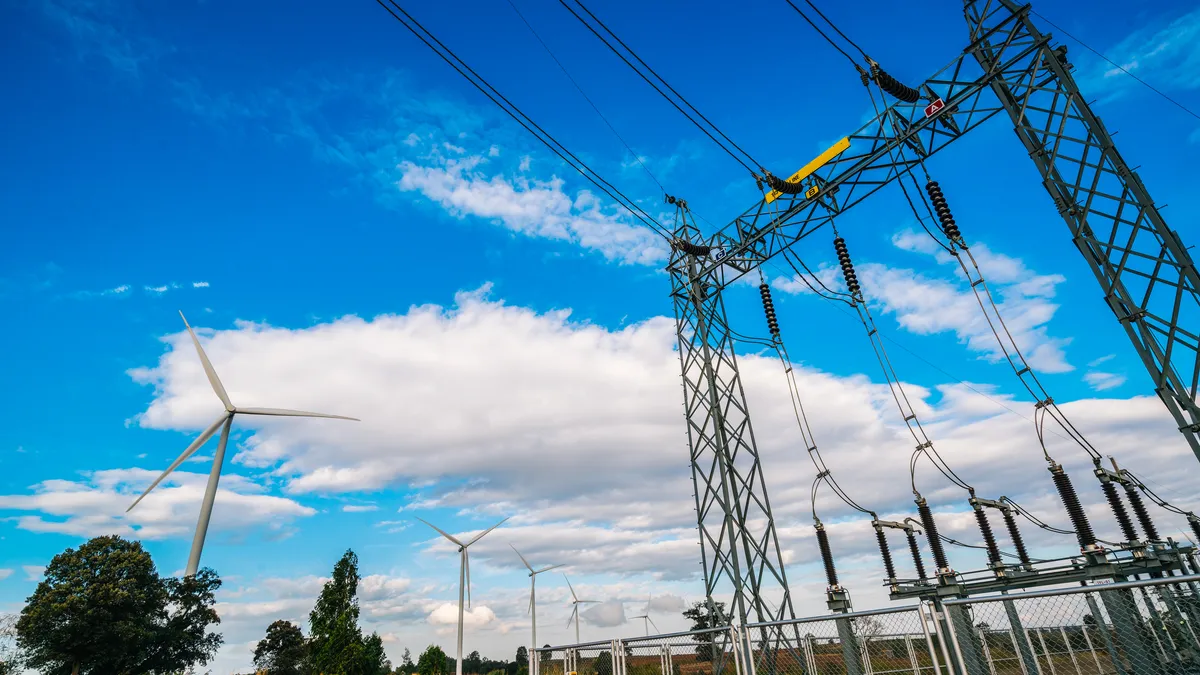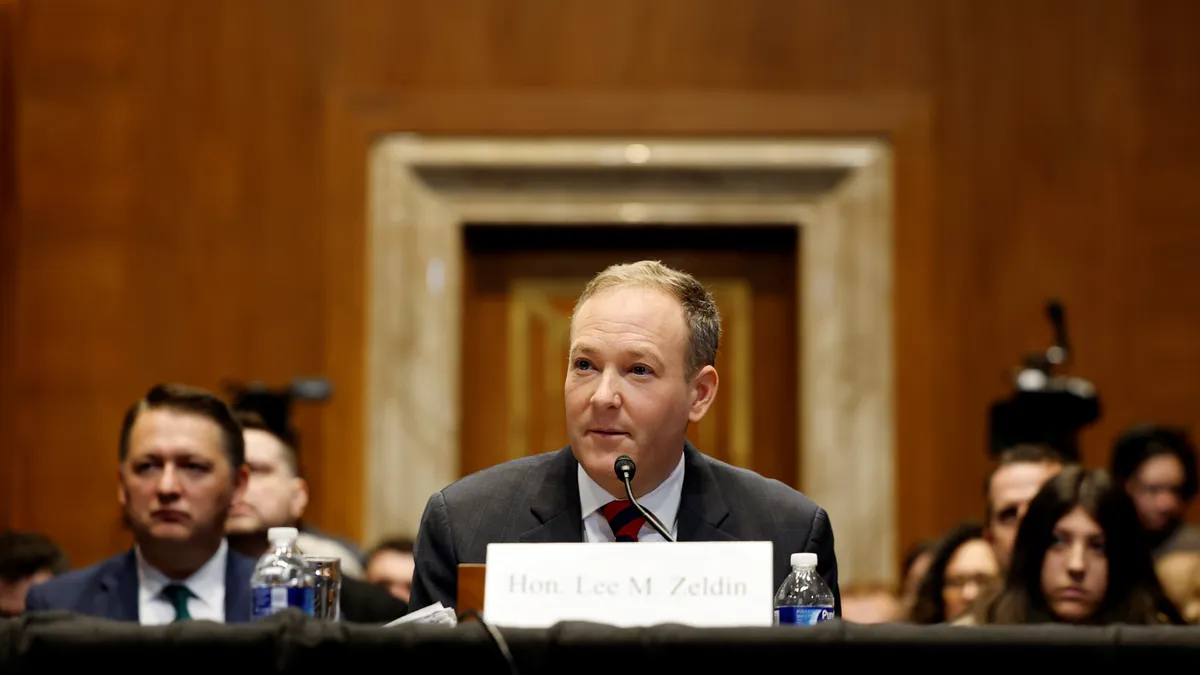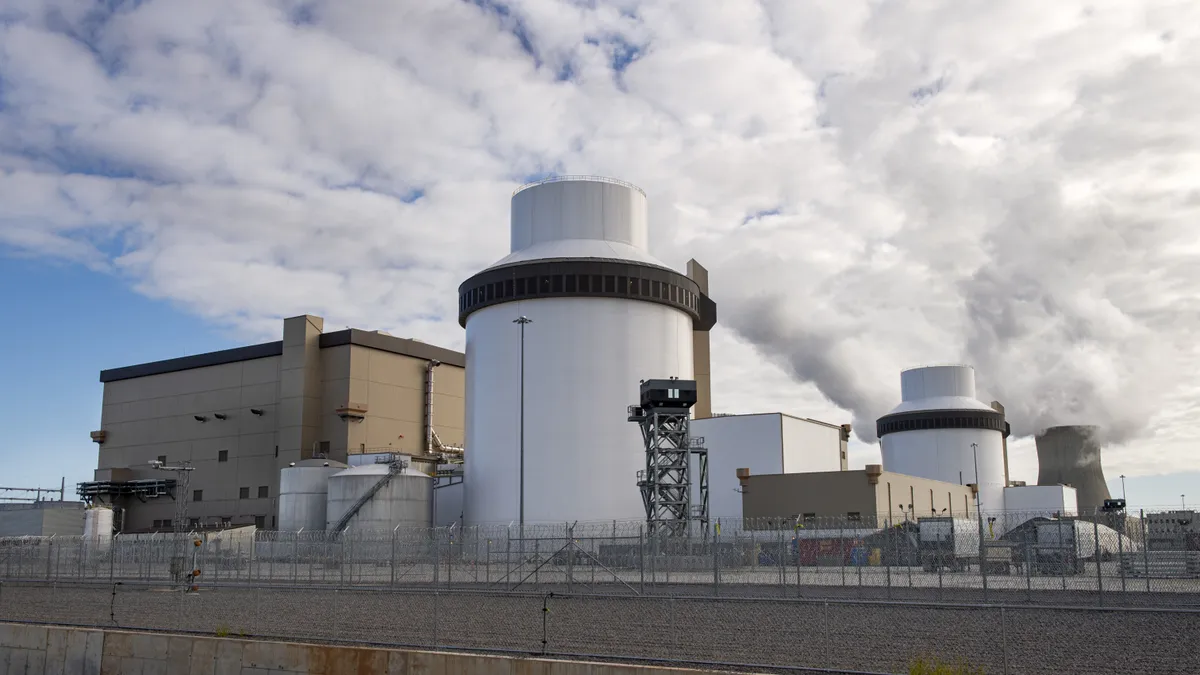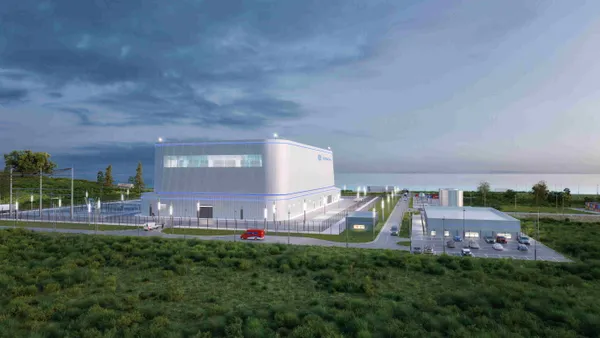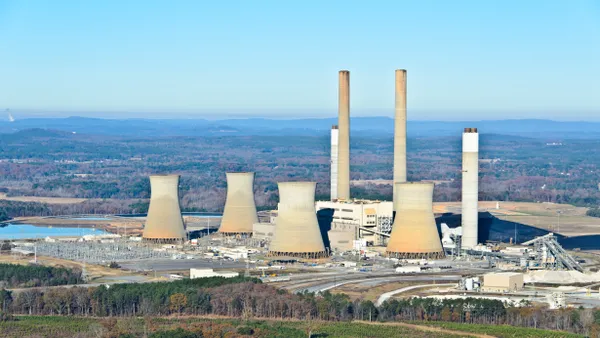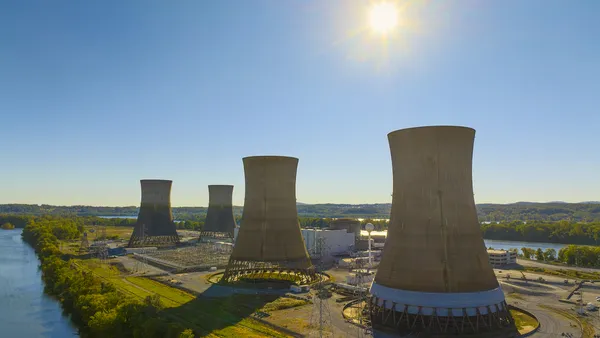Dismissing concerns raised by clean energy trade groups, the Federal Energy Regulatory Commission last week approved the Midcontinent Independent System Operator’s second proposal for limiting the size of its interconnection queue studies.
MISO’s proposed cap, and exemptions to it, will help “ensure that interconnection customers are able to interconnect to the transmission system in a reliable, efficient, transparent, and timely manner,” FERC said in its Jan. 30 decision. The cap will be in effect for MISO’s next “definitive planning phase” interconnection study process that starts in the fall.
About a year ago, FERC rejected MISO’s initial queue cap proposal, saying the agency was concerned about proposed exemptions to the cap, the description of the cap’s formula and potential resource adequacy issues that could be caused by the proposal.
Like other grid operators across the United States, MISO has experienced a surge in interconnection requests. MISO’s interconnection queue totals 309 GW, according to FERC. In comparison, MISO’s peak load was 127.1 GW and there was 191 GW of capacity in its region as of December 2023, the agency said.
Under MISO’s approved plan, for each queue study cycle, the grid operator will set a megawatt cap at 50% of the non-coincident peak value for each study region from the power flow model used in its most recent transmission expansion plan model series, according to FERC.
“Implementing the 2024 queue cap proposal will allow MISO to study interconnection requests using more realistic modeling assumptions; provide interconnection customers with more informative, accurate, and actionable study results; and reduce study delays,” FERC said.
In a change from MISO’s initial cap proposal, the grid operator will include capacity from exempt projects when it sets the queue caps. As a result, exempted interconnection requests will not receive priority access, according to MISO.
Under the approved plan, MISO will offer exemptions from cap requirements for interconnection requests when a larger power plant replaces a retiring generating facility. Exemptions will also be allowed for resources that convert from Energy Resource Interconnection Service to Network Resource Interconnection Service, and for generating facilities with a provisional generator interconnection agreement.
The types of projects in those exempt categories of interconnection requests are highly likely to be completed, according to MISO.
MISO’s initial proposal included an exemption from the queue cap for power plants that state regulators said were needed to maintain resource adequacy.
In a concurrence, FERC Chairman Mark Christie urged MISO to revisit the resource adequacy exemption, noting that the makeup of FERC has changed since the agency raised concerns about the exemption.
FERC “has already shown much more acknowledgment of the critically important role played by state utility regulators in ensuring reliable power to their states’ consumers,” Christie said. “MISO should have stuck to its guns and vigorously restated its reasons for including a state exemption.”
FERC rejected arguments from Advanced Energy United, American Clean Power Association, Clean Grid Alliance, Solar Energy Industries Association and Southern Renewable Energy Association that the cap would limit competition and prevent open access to the grid.
MISO’s proposal “provides all interconnection customers comparable ability to submit an interconnection request in time to enter the earliest queue study cycle (and to avoid being shut out of that cycle),” FERC said.
MISO plans to review the queue cap with its stakeholders after completing three queue study cycles, FERC noted.



